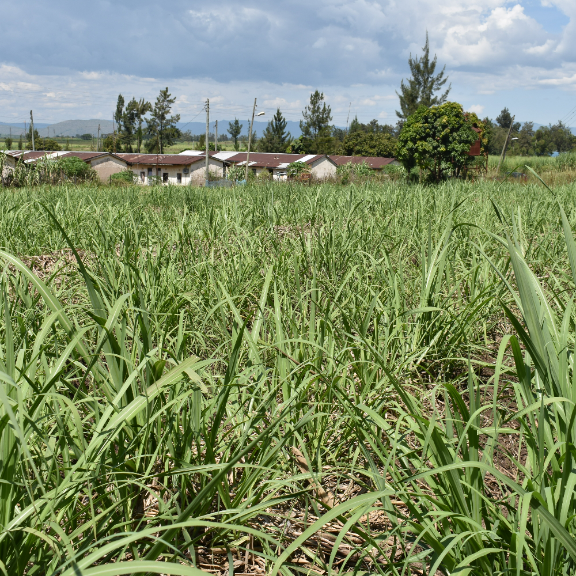Bed Formation and Marking Rows
In the canvas of sugarcane cultivation, the early acts of bed formation and the careful marking of rows emerge as the fundamental brushstrokes that lay the groundwork for a flourishing crop. This is a narrative where the landscape isn't just a passive setting; it's a meticulously crafted terrain, and every contour and row plays a role in the symphony of growth.
The process of bed formation is a sculpting of the land, an artful coaxing of the earth into raised beds that serve as a tailored environment for sugarcane growth. These elevated beds offer advantages beyond aesthetics. They facilitate efficient drainage, preventing waterlogging and ensuring well-aerated soil for robust root development. The raised elevation provides a strategic vantage point for sunlight exposure, a vital element for the photosynthesis that powers sugarcane growth. Furthermore, these raised beds act as natural guardians against soil erosion, contributing to the overall stability of the planting environment.
Once the beds are sculpted, the next act is the meticulous marking of rows. It's a precision-guided process where each marked row becomes a pathway for the uniform growth of sugarcane. The spacing between rows is not arbitrary; it's a carefully calculated decision influenced by factors ranging from sugarcane variety to the equipment used for subsequent operations and the overarching farm management strategy. This intentional spacing ensures that each sugarcane plant receives optimal sunlight exposure and allows for the smooth execution of essential farm management practices.
The act of marking rows transcends mere practicality; it's a testament to the farmer's foresight. It is a deliberate step that sets the stage for efficient irrigation, precise pest management, and the eventual harvesting of the crop. The rows aren't just lines in the soil; they become the guiding pathways, not only for the farmer's footsteps but for the very rhythm of the sugarcane crop's growth.
In the grand narrative of sugarcane cultivation, bed formation and row marking are the opening notes, establishing the tone for the chapters that unfold. This is a story where the land isn't a passive backdrop but an active participant, responding to the deliberate interventions of the farmer. As the rows stretch across the landscape, they become more than furrows in the soil — they transform into the conduits of growth, leading the way for a bountiful and purposeful harvest.

